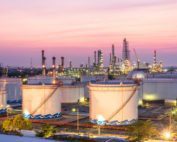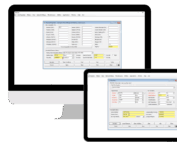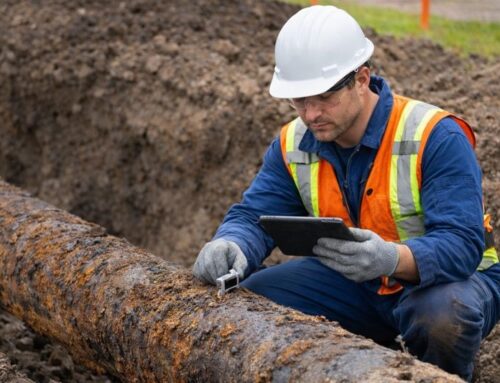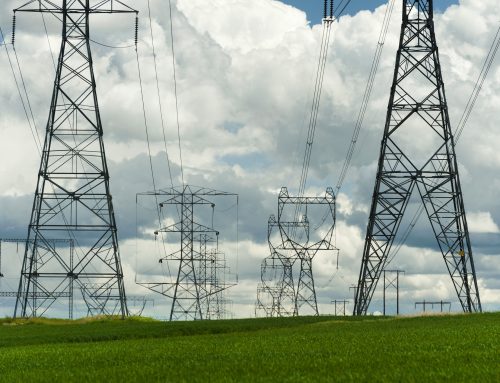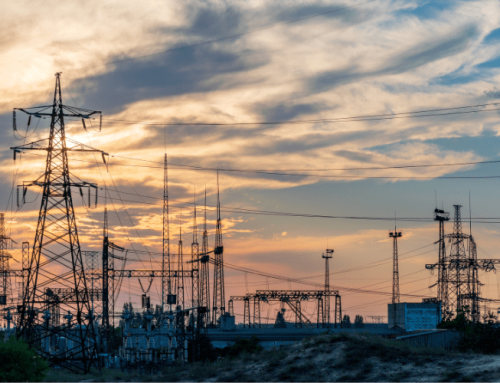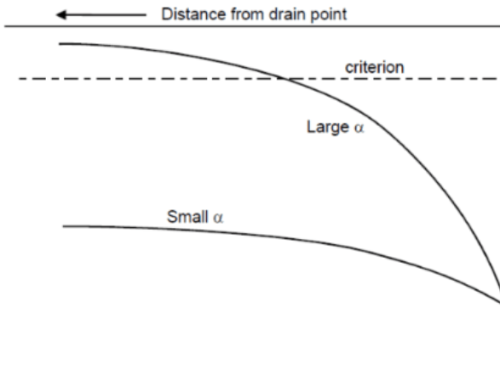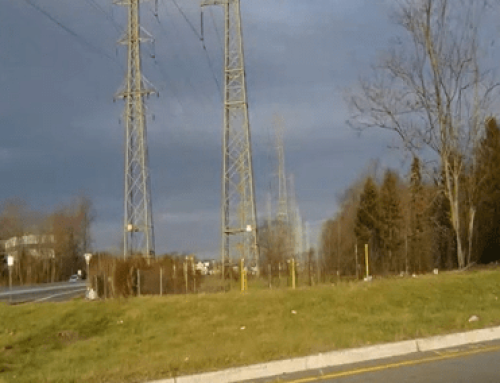The Future of Pipeline Engineering: Trends Shaping Corrosion Mitigation and Safety
By Kesley Price
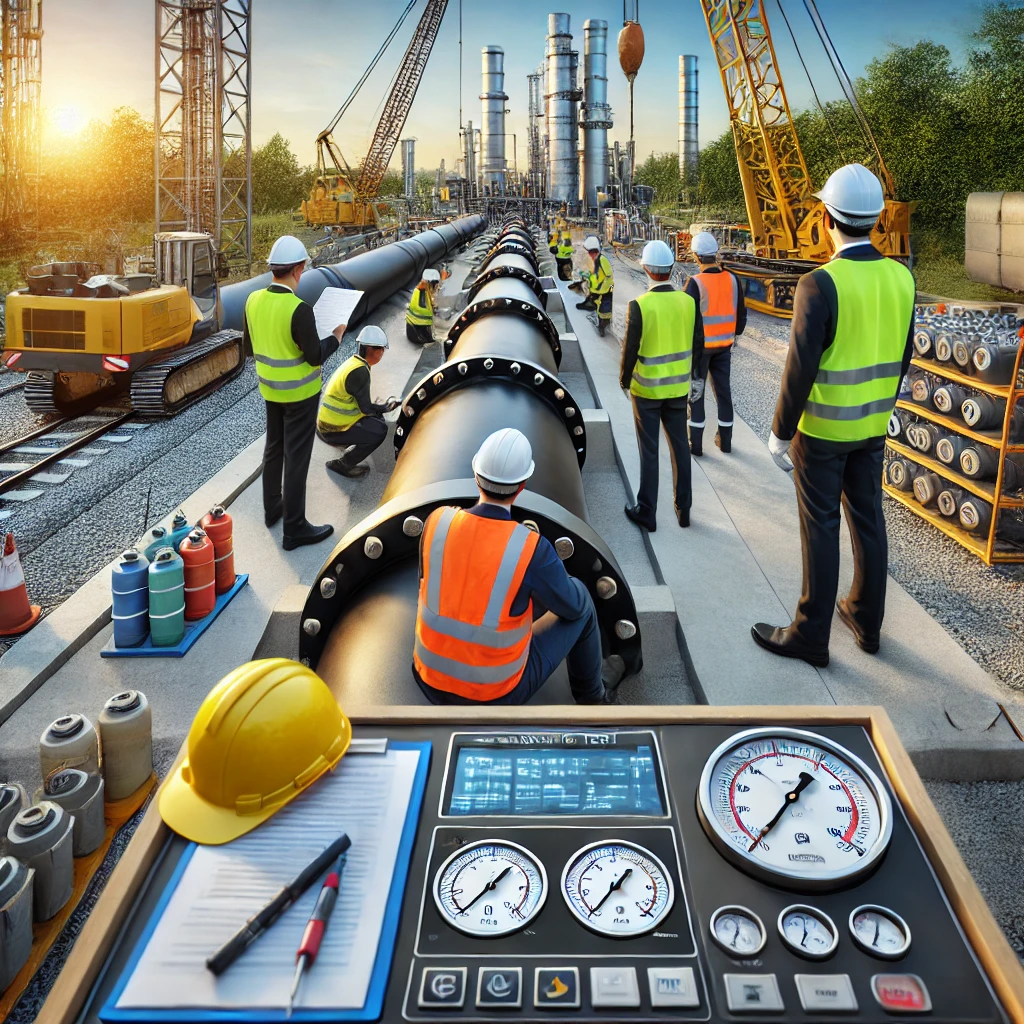
As the energy sector evolves, so too does pipeline engineering, driven by advancements in technology, materials, and safety regulations. The future of pipeline engineering will be heavily influenced by emerging trends in corrosion mitigation, safety, and operational efficiency. Here’s a look at the key trends that are shaping the future of pipeline safety and corrosion management.
Innovations in Corrosion Mitigation
Corrosion remains one of the primary concerns in pipeline operations, with significant advancements aimed at improving corrosion prevention and monitoring. Traditional methods such as cathodic protection are now being enhanced by digital modeling tools like Technical Toolboxes’ AC Mitigation PowerTool (ACPT). This software allows for comprehensive modeling of pipelines near powerlines, helping engineers to accurately predict and mitigate AC-induced corrosion risks.
Further advancements are seen in the Corrosion Suite, which integrates GIS tools for visualizing pipeline assets and streamlining workflows. This platform reduces the need for repetitive data entry, making corrosion calculations more precise and aligned with real-world conditions.
Future of Pipeline Safety Standards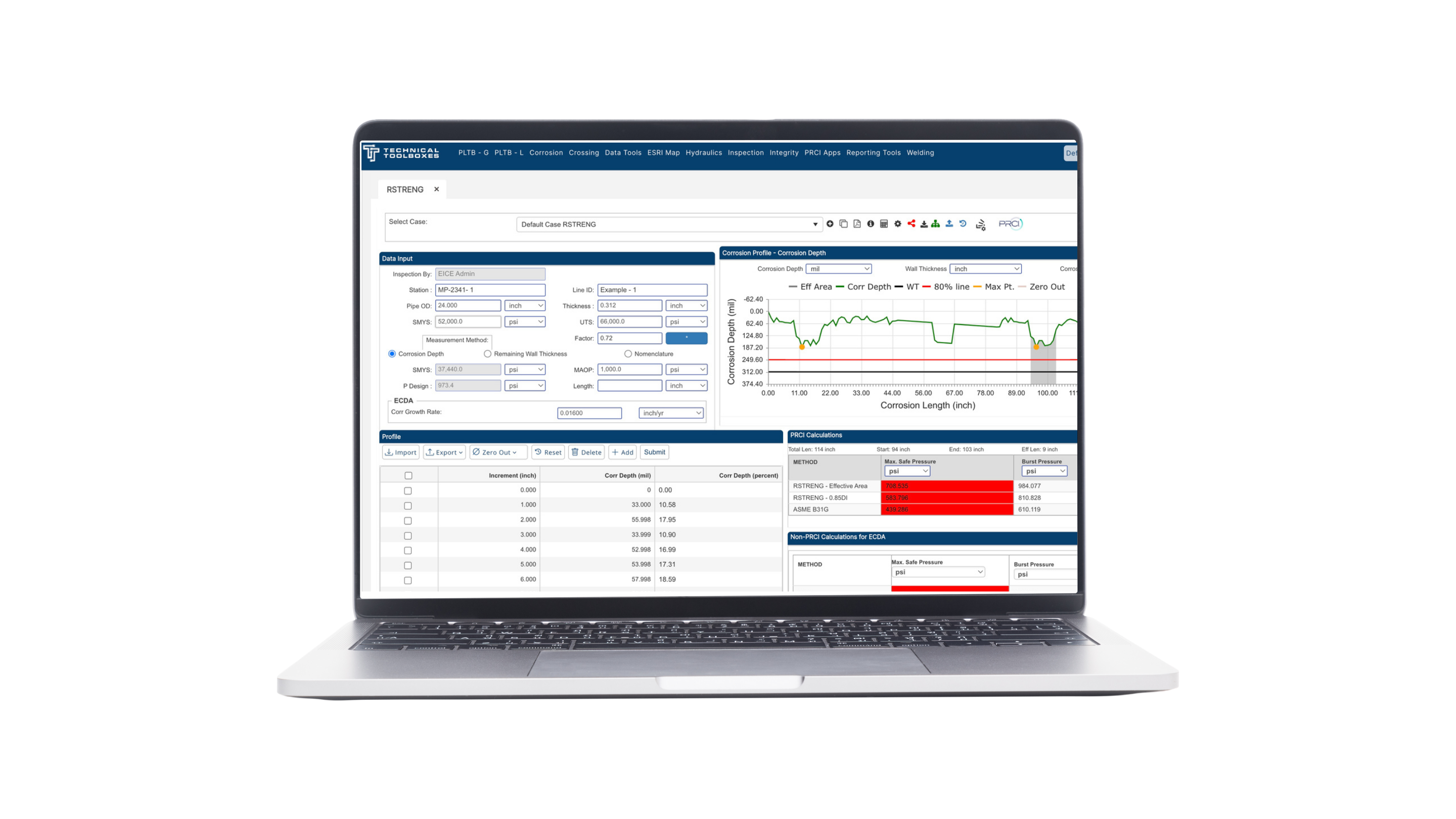
Safety is paramount in pipeline engineering, and the industry is witnessing a transformation in safety standards. The RSTRENG+ software, for instance, is shaping the future by offering precise calculations for assessing the remaining strength of corroded pipelines. By automating workflows, engineers can now perform faster, more accurate integrity analyses, which are crucial for adhering to federal safety standards like PHMSA.
The move toward more rigorous safety standards is also evident in the implementation of the Hydrotest PowerTool, which helps engineers to design and validate pressure tests that comply with federal regulations like CFR 192 and 195. This ensures pipelines are recertified efficiently, minimizing risks of failure.
Advancements in Pipeline Materials
Advancements in materials science are another trend poised to revolutionize pipeline engineering. Materials with enhanced resistance to corrosion and mechanical stress are being integrated into pipeline designs. For instance, innovations in coatings and composite materials are reducing the overall impact of environmental factors on pipelines. These advancements, coupled with predictive analytics, allow for the creation of smarter pipelines that can alert operators to potential issues before they become critical.
Digital Transformation in Pipeline Operations
Digital tools and platforms are central to the future of pipeline engineering. Platforms like the Pipeline HUB integrate data across various engineering disciplines, allowing for better decision-making and risk management. Tools such as PLTB (Pipeline Toolbox) eliminate the reliance on error-prone spreadsheets, streamlining the process with over 250 industry-standard calculations for everything from crossings to corrosion management.
The shift towards digital transformation is also driving the adoption of predictive analytics for corrosion management. By leveraging big data and machine learning, pipeline operators can now predict corrosion rates and potential failures, allowing for proactive maintenance that minimizes operational downtime.
Sustainability in Pipeline Construction
As sustainability becomes a growing priority across industries, pipeline engineering is no exception. The development of eco-friendly pipeline materials and construction methods is becoming increasingly important. Sustainable practices such as minimizing environmental impact during construction and enhancing the recyclability of pipeline materials are being integrated into project planning.
Furthermore, digital tools like the HDD PowerTool are enabling more efficient pipeline crossings, reducing the need for extensive excavation and minimizing environmental disruption. The ability to simulate and optimize horizontal drilling paths before construction begins is a game-changer for both cost efficiency and sustainability.
Predictive Analytics for Corrosion Management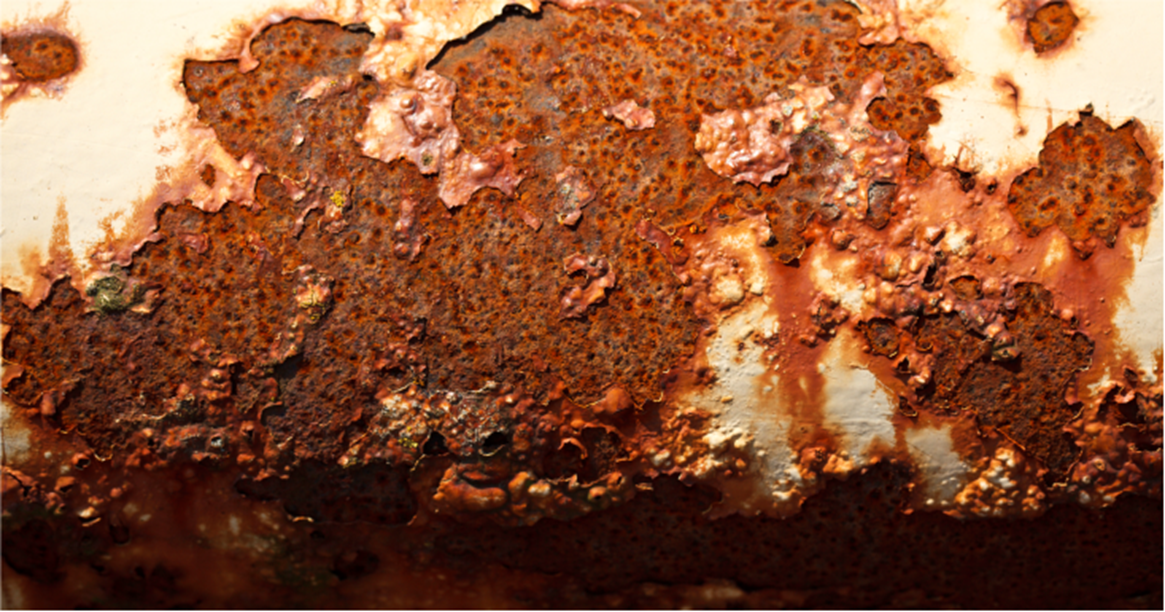
Predictive analytics is transforming how pipeline integrity is managed. By analyzing historical data, engineers can forecast corrosion trends and pinpoint sections of the pipeline that require attention. Tools like RSTRENG+ incorporate predictive models that help operators manage the lifecycle of their assets more effectively.
These predictive capabilities, combined with advancements in monitoring technology, are paving the way for a more proactive approach to pipeline maintenance, reducing the likelihood of unexpected failures and enhancing overall pipeline safety.
Conclusion
The future of pipeline engineering is being shaped by a convergence of innovative technologies, enhanced materials, and more stringent safety standards. By embracing digital transformation and predictive analytics, the industry is not only improving corrosion mitigation but also ensuring safer, more sustainable pipeline operations. As these trends continue to evolve, pipeline engineers will be better equipped to tackle the challenges of tomorrow, ensuring the integrity of vital infrastructure for years to come.
For more insights into how these trends are shaping the pipeline industry, visit Technical Toolboxes to check out our industry leading software. For Materials-focused training courses, we also offer our Training HUB with self-paced and live-virtual options.
Suggested Post
Why API Inspections Still Matter More Than Ever
Why API Inspections Still Matter More Than Ever By Kesley Price In an industry [...]
How Utility Teams are Standardizing Pipeline Calcs
How Utility Teams are Standardizing Pipeline Calcs By Kesley Price Engineering teams working in [...]
GASCalc and GASWorkS are Now Part of Technical Toolboxes
GASCalc and GASWorkS are Now Part of Technical Toolboxes We are pleased to announce that Technical Toolboxes has acquired the [...]


